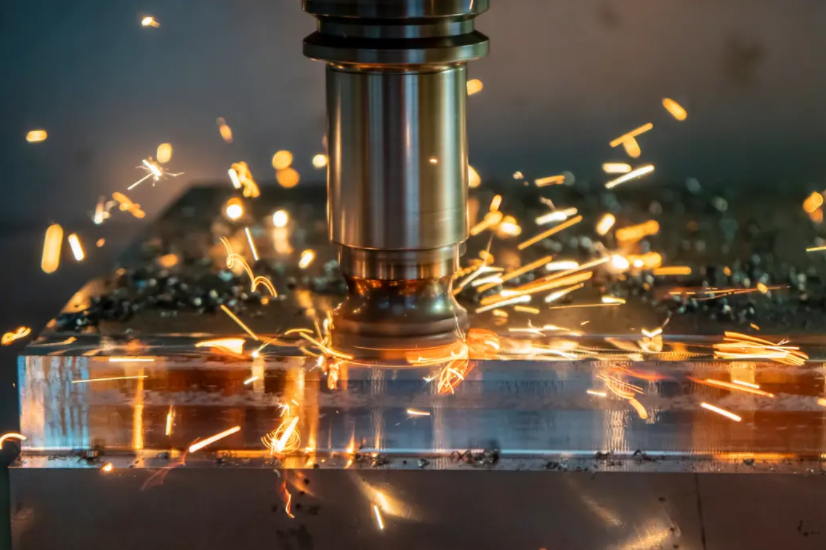Introduction:
Where innovation is the key to success, prototyping has become an essential part of the design and development process. It allows designers and developers to bring their ideas to life, test them, and make improvements before moving forward with production. This guide aims to provide a comprehensive overview of prototyping, its importance, and how to master the art of prototyping for effective design and development.
Why is Prototyping Important?
Prototyping serves as a bridge between imagination and reality. It enables designers and developers to visualize their ideas and gather feedback from stakeholders and end-users. By creating a tangible representation of the final product, prototyping allows for early detection of design flaws, usability issues, and technical constraints. This iterative process aids in refining the concept and ensures that the final product meets user expectations.
Understanding the Types of Prototypes:
Prototypes come in various forms, each serving a different purpose throughout the design and development lifecycle. They can be categorized as low-fidelity or high-fidelity prototypes. Low-fidelity prototypes, such as sketches or wireframes, are quick and inexpensive to create, focusing on the overall concept and basic functionality. High-fidelity prototypes, on the other hand, are more detailed and closely resemble the final product, offering a realistic user experience.
Mastering the Art of Prototyping:
1. Define Clear Goals:
Before diving into prototyping, it is crucial to identify the specific goals and objectives. Clearly defining what you want to achieve will help you choose the appropriate prototyping techniques and tools. This will also enable you to evaluate the success of the prototype and make informed decisions moving forward.
2. Start with Low-Fidelity Prototypes:
Begin the prototyping process with low-fidelity prototypes to explore different design possibilities and gather valuable feedback early on. These prototypes are easy to modify and discard, allowing for rapid iterations and improvements. Utilize tools such as paper sketches, digital wireframes, or mockups to quickly test ideas and validate assumptions.
3. Iterate and Refine:
Prototyping is an iterative process where each version builds upon the previous one. Collect feedback from users, stakeholders, and team members to identify areas for improvement. Incorporate these insights into subsequent iterations to refine the design and enhance the user experience. This cyclical approach ensures constant progress and helps identify and address potential issues early on.
4. Consider User Experience:
Prototyping should focus on creating a meaningful user experience that aligns with the target audience’s needs and expectations. Consider usability, accessibility, and aesthetics when designing and testing prototypes. Conduct user testing sessions to observe how people interact with the prototype and gather insights for further enhancements.

5. Utilize High-Fidelity Prototypes:
As the design matures, transition to high-fidelity prototypes that closely resemble the final product. These prototypes provide a more realistic experience, allowing for a detailed evaluation of the design’s functionality, aesthetics, and usability. Use interactive tools and technologies to simulate user interactions and gather more accurate feedback.
6. Collaborate and Communicate:
Prototyping is a collaborative process that involves designers, developers, stakeholders, and end-users. Effective communication and collaboration are vital to ensure that everyone is aligned on the project’s goals and vision. Use prototypes as a medium to facilitate discussions, clarify requirements, and gather feedback from all stakeholders, enhancing the final design.
Conclusion:
Prototyping is an essential tool for effective design and development. It empowers designers and developers to bring their ideas to life, test them, and iteratively improve them. By mastering the art of prototyping, one can create remarkable products that meet user needs and exceed expectations. Remember to define clear goals, start with low-fidelity prototypes, iterate and refine, consider user experience, utilize high-fidelity prototypes, and foster collaboration and communication. With these principles in mind, you can unlock the full potential of prototyping and transform your ideas into successful products.
-

- Детски велосипед от магнезиева алуминиева сплав 3-8 години Евтини горещи разпродажби 14-инчов детски велосипед ЗАВИНАГИ на едро 2022 г.
-

- Корпус на контролера за автомобилни части от магнезиева сплав
-

- High precision magnesium thixomolding components laptop housing cover A
-

- 2022 Гореща разпродажба на едро на части за велосипеди от магнезиева сплав Детски велосипед без баланс на педалите Детски велосипед в няколко цвята
-

- OEM компоненти за леене под налягане за рамка на автомобилни седалки
-

- Излята под налягане LED рамка на дисплея от магнезиева сплав

 0086-750-5616188
0086-750-5616188 +86 13392089688
+86 13392089688 sales@zhongmei-tech.com
sales@zhongmei-tech.com







